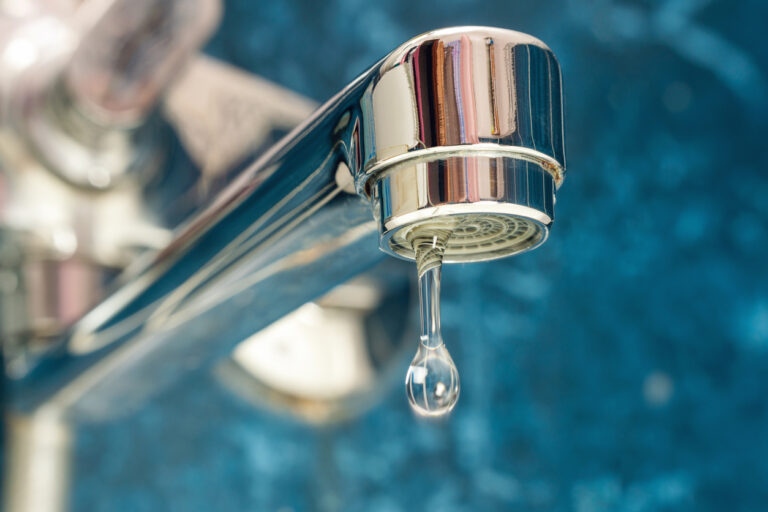When preparing your property for a hurricane, don’t forget to protect your water supply. Without preventative measures, anything small that gets on your roof can end up in your tank — and during a hurricane, there’s a lot of unusual stuff flying around!
Inevitably pieces of vegetation become airborne and end up on the roof. Heavy rains that are often a feature of storms can wash this detritus into the tank. Also, hurricane-force winds can carry salt spray from the wild seas and blow it right across our narrow island.
The traditional “pineapple” wire filter used to protect the mouth of a down pipe may filter out leaves, but it is no defence against salt residue being washed down into the tank. The Department of Health advises: “Block gutters prior to major storm events to prevent entry of salt water into your water system.”
The website of the architectural firm OBMI, points out a method to achieve this used by many Bermudians. “The size of the leader (or downspout) mouth is roughly the same size as your average tennis ball. The trick is to stuff a tennis ball in a sock, wrap it tightly and place in on top of the leader to completely cover the hole. It works like a charm.”
Though it can be galling to see all the storm rain pouring off the roof onto the ground and going to waste (particularly if the tank is running low), it’s a better option than contaminating what’s already in your tank.
If minor salt contamination does occur, the Department of Health suggests adding some more fresh water to dilute it. In cases when the gutters have not been blocked, it’s advisable to check the downspouts for blockages after the storm.
Any leaves and twigs that enter the tank are likely to eventually settle in the layer of sediment at the bottom of the tank. If the water level is low, government advice is to clean it out — something everyone is obliged to do by law at least every six years. Refilling a tank that is low in water and high in sediment will stir up the sludge, potentially dispersing the contaminants in the water.
If you suspect your water supply is dirty, the Environmental Health Department will conduct either a chemical or bacterial test for you on request and for a fee. You can call them on 278-5333 to request a sample bottle.
To disinfect your water, the Department of Health recommends using four fluid ounces of household bleach per 1,000 gallons of water. This method is effective, but only for a short time, which can be just a few days, depending on how contaminated the water is to start with.
A popular and more effective alternative is a system using the combination of filtration to remove particles from the water and UV light to kill germs. “Point of use” filter/UV light systems tend to be installed in the kitchen with a separate tap from which you draw treated water for drinking and cooking. “Point of entry” systems treat all water before it comes into your home.
In a storm-related power cut that leaves your water pump out of action, tank water will not be an option. For most people, bottled water for drinking is number one on the hurricane preparation list.Make water supply protection a priority this hurricane season — a few tennis balls could save you a lot of aggravation.

